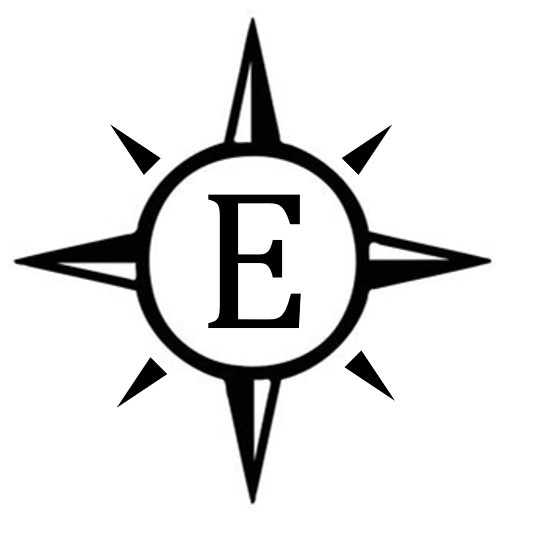|
 EXPLORE & OBSERVE EXPLORE & OBSERVE
|
| |
Edition #36: Fifty ways to change the world | |
|
#02 MOONWALKERS
+ That collective sigh of relief you heard earlier this week was from thousands across NASA and industry when the Biden administration affirmed support for the Artemis program to return Americans to the moon and eventually go to Mars. Although I expect the 2024 landing goal to be replaced with something more realistic, the broad strokes of the program appear to be intact. In my opinion, one of the major impediments to manned space exploration over the last 30 years has been shifting priorities from Washington, so I'm glad to hear that Biden intends to stick with the plan.
+ It would be hard for the president to back down from a return to the moon after he put a moon rock in his new office.
+ Meanwhile, a new crew arrives in Hawai'i for a mock Mars mission. |
| |
|
#04 SOLAR SYSTEM
+ "Due to leave Earth in 18 months, the spacecraft’s science instruments and engineering systems have been passed and are now ready to test, assemble, and integrate—something described by its principal investigator as 'near-miraculous' given the pandemic." Psyche, a mission to a solid metal asteroid, is now entering the build phase.
+ Back in August, scientists studying Venus announced that they found a gas called phosphine which could indicate biological life in the planet's atmosphere. It turns out that they might have just seen sulfur gas which can be confused for phosphine under certain circumstances. This is a nice reminder that science can be messy, and disputed claims mean progress. |
| |
|
#06 TOURIST SEASON
+ SpaceX announced plans for their first all-civilian space mission while another group will make up the first crew of private citizens to the space station. Not to be outdone, Glavkosmos, the commercial arm of the Russian space agency Roscosmos, has announced its intent to enter the space tourism market as well.
+ In other SpaceX news, the company's most recent test of the starship mega-rocket ended in a large fireball. The company has come under scrutiny after the disclosure that SpaceX violated their launch license on a prior test. SpaceX deserves kudos for putting hardware to the test early knowing that they'll learn fast, but this move potentially put people on the ground in harm's way. The lives lost in the Apollo 1, Challenger, and Columbia accidents were largely due to degraded safety culture, rushed timelines, and ignored risks, and I worry that SpaceX is prone to repeat these mistakes of our past. |
| |
|
#07 CHALLENGER
+ "The nightly news featured shots of the U.S. Coast Guard pulling pieces of [the Challenger] wreckage from the Atlantic -- large, anonymous chunks of metal that didn't resemble the whole. In total, 14 tons of debris was recovered, the largest salvage operation in Coast Guard history. What didn't make the news was a small duffel bag that was plucked from the surface of the blue-black water, one of the few items recovered intact." The amazing story of a soccer ball that survived the Challenger explosion and the human lives behind it. |
| |
|
#09 STARLORE
+ In a belated effort to recognize the importance of traditional language and Indigenous starlore, the International Astronomical Union (which is responsible for assigning names to astronomical objects) officially designated 86 new star names drawn from Chinese, Coptic, Hindu, Mayan, Polynesian, South African and Aboriginal Australian cultures. |
| |
|
#10 A GOOD BOOK
+ Thanks to the pandemic, I've enjoyed a resurgence in one of my oldest hobbies: backyard (or in my case, 2nd-floor apartment patio) astronomy. I have a good handle on the major constellations and their location in the sky, but I probably have not spent enough time appreciating the stars for their historical and cultural significance. A while ago I picked up 100 Things to See in the Night Sky by Dean Degas. Regas ditches complicated astronomical charts for simple diagrams and straight forward explanations about how to identify objects in the sky. The focus is on constellations, but Regas also includes information on planets, individual stars, and some of the brighter deep-sky objects. I enjoyed Degas's effort to combine some background of the cultural context of different objects with basic scientific facts of today. Whether you're looking for somewhere to start in astronomy or are an experienced observer, this book makes for an excellent observing companion. |
| |
|
That's all for this week! You can respond to this email to tell me about anything you liked or didn't like, tell me about a project you're working on, or suggest a story. You might also forward this email to a friend so they can subscribe too!
- Evan Hilgemann |
| |
|
This newsletter was produced as a private venture and not in the author's capacity as an employee of the Jet Propulsion Laboratory/California Institute of Technology or of Griffith Observatory. Any views and opinions expressed herein or on exploreandobserve.com are his own and not those of his employers. |
|
|
|